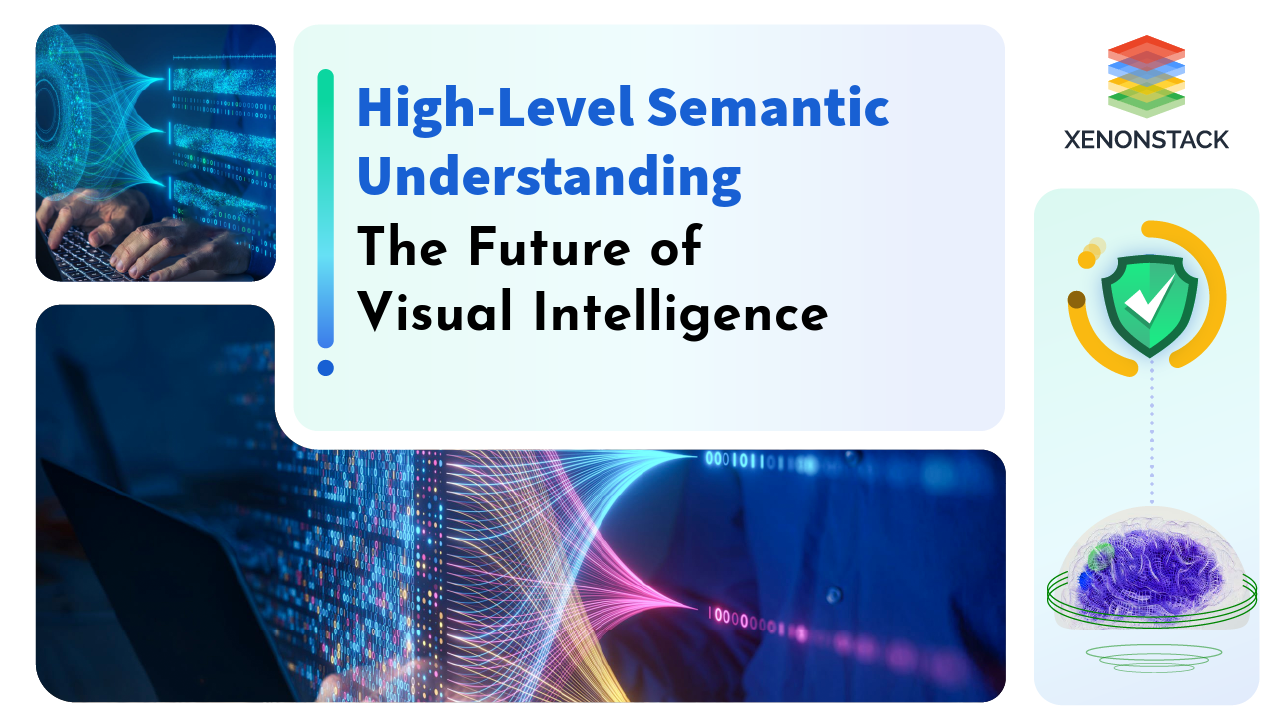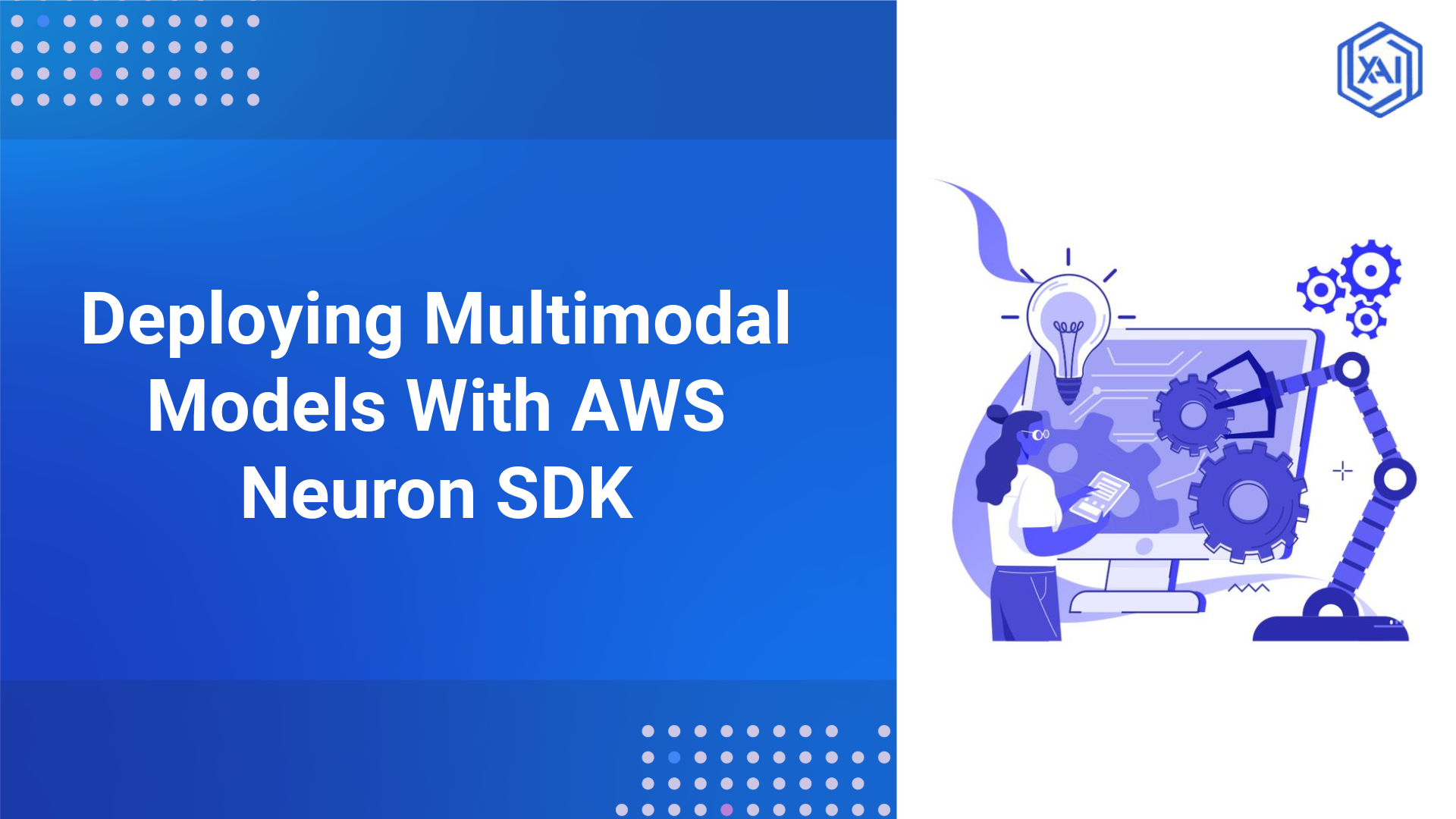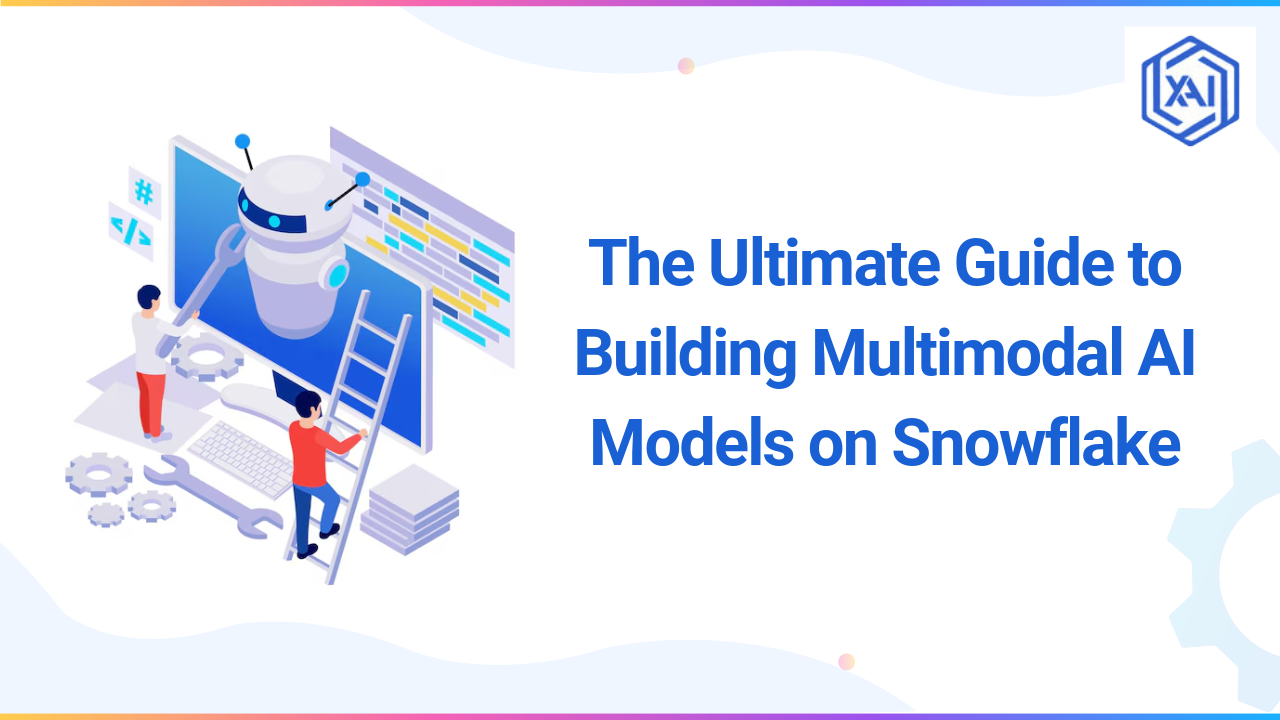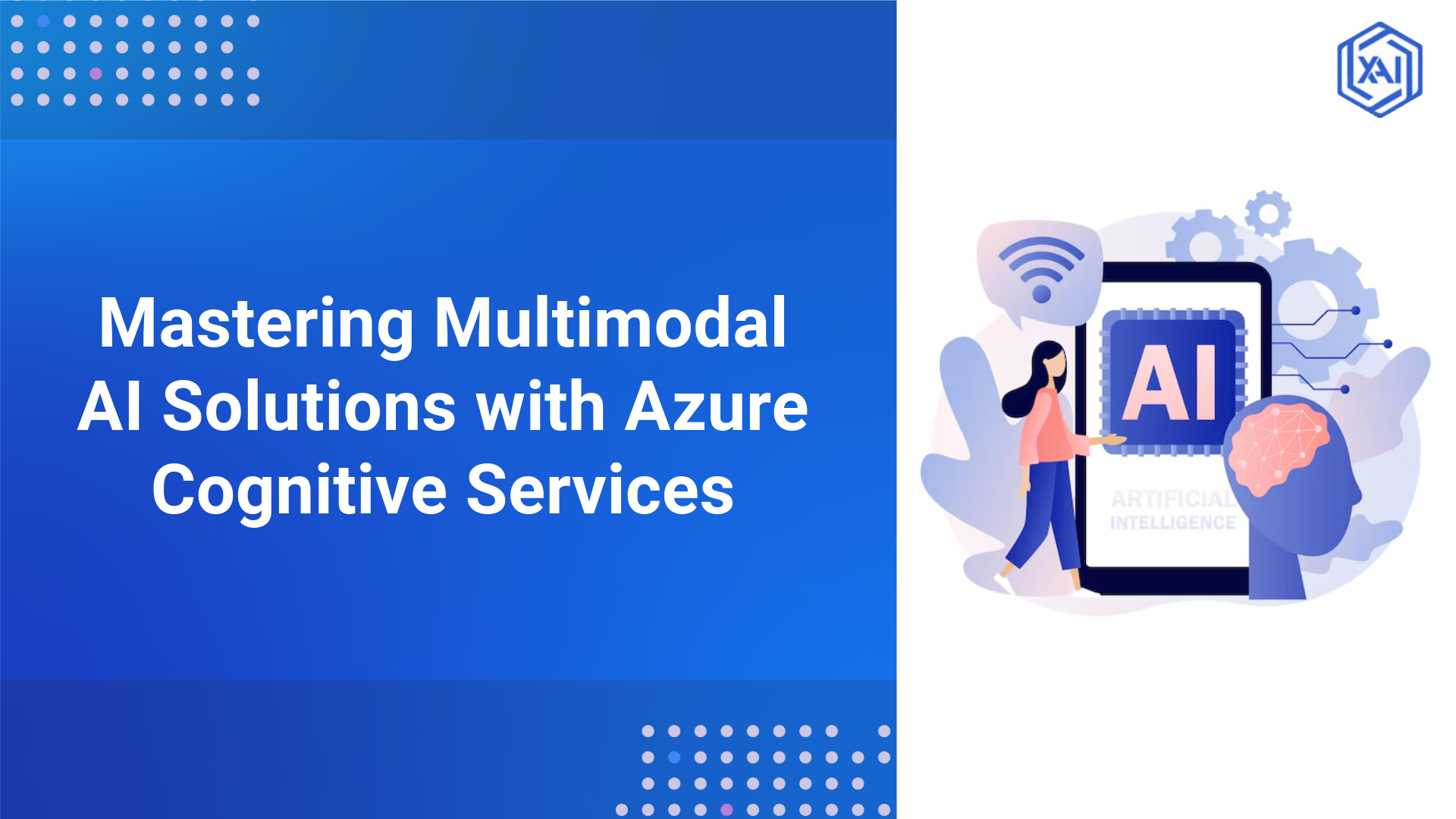
Smart Cities and Intelligent Infrastructure
Computer Vision for Urban Monitoring and Management
In computer vision, they are bringing about changes in urban ambience by advancing higher-level semantic interpretation for better control of urban systems, making cities smarter. Thus, because they present a remarkably detailed hierarchical representation of information about intricate urban environments, computer vision systems employ deep learning models and sophisticated image analysis techniques.
Key applications include:
-
Infrastructure Monitoring: With high semantic knowledge, computer vision systems can evaluate the state of formations like bridges, roads, and constructions. Cameras and drones signal individual frames for wear and tear and physical damage to help interpret such signs and appearances. Such an approach permits effective preventive work about infrastructure failures and ensures the safety of structures.
-
Environmental Monitoring: Such features facilitate accurate monitoring of the prevailing environmental conditions through the various computer visioning methods in action. These systems can analyze such visual data to determine and keep track of instances of pollution or changes in the environment. Semantic analysis at a high level enables one to identify patterns concerning air quality and pollution and affective environments, enhancing proper environmental management.
-
Smart Waste Management: Semantic perception improves waste management services by identifying vision and videos from waste bins and collection points. These systems use data from waste collection status to include aspects of the collection route and the recommended time of collection, with the objectives of lowering operational costs and environmental effects.
Traffic Flow and Pedestrian Behavior Analysis
A high-level semantic understanding of computer vision significantly improves traffic management and pedestrian safety through detailed analysis:
-
Traffic Flow Monitoring: Advanced, smarter computer vision systems can process traffic flows, counts and the amount of congestion in the traffic. This overall analysis makes it easier and more efficient to coordinate traffic signals, control traffic jams and even enhance traffic circulation throughout the network due to the understanding of traffic patterns from the analysis.
-
Incident Detection: Computer vision systems can read and analyze real-time events, including accidents, road obstacles, or any other event, using higher semantic analysis. Such analyses give rise to automatic alarms, which allow early reactions and central traffic control.
-
Pedestrian Behavior Analysis: Detailed classification of the semantics of the scene enables one to track pedestrian movement patterns, record intersections, and increase pedestrian security. This analysis can be applied in the design of pedestrian crossing places, traffic signals, urban design, and planning to improve safety and comfort within the public domains.
Public Safety and Surveillance Applications
In the realm of public safety, a high-level semantic understanding of computer vision enhances surveillance and security through various applications:
-
Surveillance and Crime Prevention: The incorporated AI machine vision systems with cognitive semantics and segmentations can detect suspicious activity, recognize faces, and identify known offenders. This kind of ventilation is helpful in preempting crime incidences since surveillance information is useful in providing security.
-
Crowd Management: In cases of large gatherings or in crowded areas, high semantic understanding helps the computer vision system recognize different densities and patterns of the crowd. This information is used to monitor crowd movement and limit crowds to conform to the space available, as well as in case of an emergency situation.
-
Emergency Response: In emergencies, computer vision with deep semantic analysis can offer first responders real-time video feed and help such workers decide what action to take. For example, video analysis can allow us to find the victims or assess the degree of danger since it is very difficult to make definite conclusions during an emergency.
Integration with Natural Language Processing (NLP)
Integrated Vision with Language for Better Contextual Comprehension
By combining computer vision with methods such as Natural Language Processing (NLP), it becomes possible for systems to understand the information based on images in a much broader context compared to if the information was only textual. This integration prevents the perception and generation of ineffective and less contextually relevant patterns by the systems. Key aspects include:
This encompasses writing textual descriptions of an image of interest. By training models to generate descriptions of the image, then they can generate descriptions of visual contents in a natural language. This technology is commercially valuable in areas such as the generation of articles for visually impaired people, management of large image archives, and improvement of image-based search engines.
The VQA systems, on the other hand, generate answers to questions about an image based on what is depicted on it. For instance, with questions like ‘What is the man holding in the picture?’ the system automatically parses over the image, finds out what the object is, and then comes up with an appropriate response. In VQA, the image is separated first into its visual parts, followed by an analysis of text-based questions to ensure the right answer is given.
Key Benefits of High-Level Semantic Understanding
-
Enhanced Accuracy and Insight: A high-level semantic understanding of scenes can lead to a more accurate interpretation of the scene, objects, and activity, hence improving insight.
-
Improved Decision-Making: It can be concluded that, through promoting the capability of recognizing contextual and semantic information, the systems can make more pertinent decisions, pushing the merits of applications such as traffic control and security.
-
Efficient Resource Management: Higher-level image processing in areas of interest like waste management or infrastructure monitoring reduces costs and enhances environmental management.
-
Increased Safety and Security: Further semantic analysis provides better identification of deviations and potentially dangerous events, leading to better surveillance, emergency response, and safety in general.
-
Enhanced User Experience: By augmenting the degree of meaningful interactions of such systems with context awareness, it is quite possible to offer superior user experience in different smart applications like self-driven cars and intelligent cities.
-
Scalability and Adaptability: They can fit into different environments and situations because they are elastic solutions across different domains and uses.
Conclusion and Future Outlook
Semantic analysis in vision systems is an important development that has brought forth high-level semantic understanding in vision systems. AI achievements have advanced from what is sometimes called ‘pattern recognition’ or stock image recognition to true scene and contextual understanding of scenes.
Semantically rich representation in computer vision is a relatively new area that has practical implications that could transform our engagement with visual data in the near future into the foreseeable future. The proposed solutions, together with new research focuses, allow for overcoming present difficulties and creating further possibilities to develop advanced intelligent systems, which will, in turn, impact different spheres of our lives.
- Explore the History of Computer Vision
- Read more about the Workflow of Computer Vision





